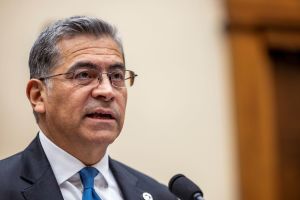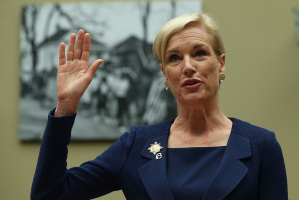Pope Francis and President Obama: Fight Poverty by Not Fighting Global Warming
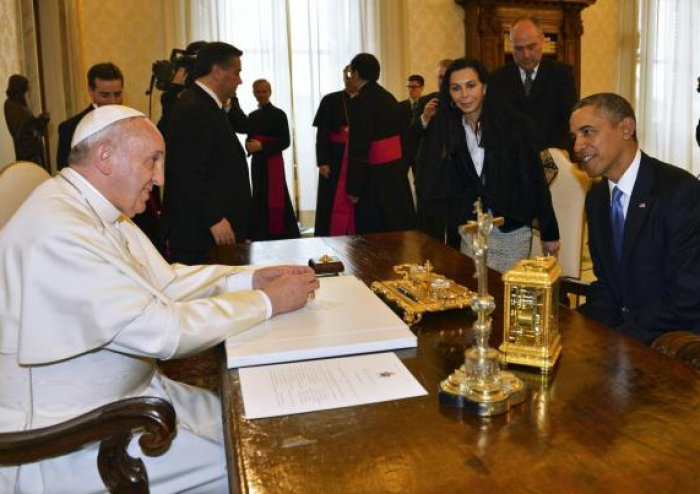
On September 23, 24, and 25, Pope Francis will meet with President Barack Obama at the White House, speak to a joint session of Congress, and address the General Assembly of the United Nations in New York. A major thrust of his message will be to urge action to reduce manmade global warming — something to which President Obama is already committed.
We offer a dissenting opinion.
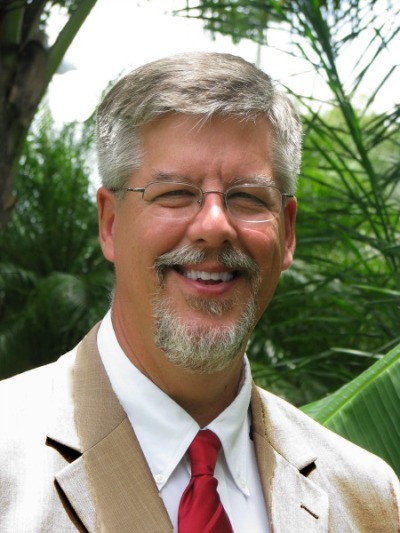
This is a huge and incredibly complex topic that we can only begin to unpack here. We and other scholars have discussed it at length in five major papers by the Cornwall Alliance for the Stewardship of Creation, the latest of which is A Call to Truth, Prudence, and Protection of the Poor 2014: The Case against Harmful Climate Policies Gets Stronger (all at http://www.cornwallalliance.org/landmark-documents/), which provide more details, plus documentation for many of the facts we state here.
Pope Francis, President Obama, and many others believe anthropogenic (manmade) global warming is so dangerous that the peoples of the world should spend literally trillions of dollars trying to prevent it by reducing emissions of carbon dioxide (CO2), which would require tremendous reductions in the use of fossil fuels (coal, oil, and natural gas) for electricity and vehicle fuels.
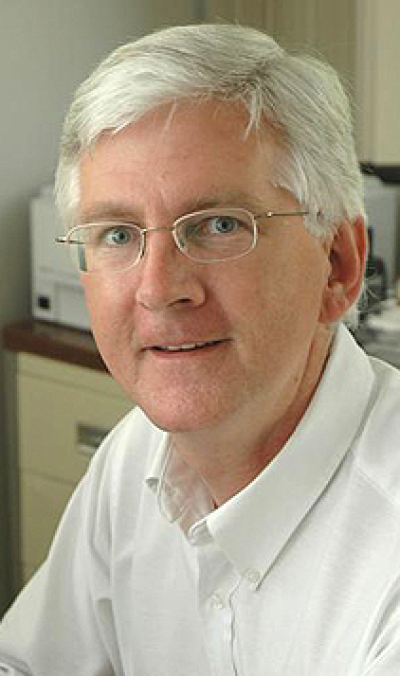
There are two problems with this. The first is that the claim of dangerous manmade warming is almost certainly false, which we'll discuss in a moment. The second, which we'll mention only briefly, is that spending all that money on mitigating climate change means not spending it on much more urgent problems like access to pure drinking water, sewage sanitation, adequate nutrition, communicable diseases, air and water and solid waste pollution, and access to electricity, all of which are of greatest concern to the world's poor today.
Now to the first point. Claims of dangerous manmade warming require that CO2 added to the atmosphere has a very strong warming effect, not just because of its own direct warming but far more because of positive feedbacks — responses in the climate system that multiply the direct warming. That hypothesis is assumed in the computer climate models on which the U.N. Intergovernmental Panel on Climate Change (IPCC) and various government agencies and national academies of science based their conclusions.
But it's crucial to remember that models and the scenarios they generate are not evidence but hypotheses. The models are useful to predict the future, and hence to inform policy, only if they are validated. But as Nobel Prize-winning physicist Richard Feynman famously said, "the key to science" is that when you've formulated a hypothesis about how the world works, you must test it rigorously against empirical observations, whether in laboratory experiments or, better yet, in the outside world. "If it disagrees with experiment [that is, observation] it is wrong. … It does not make any difference how beautiful your guess is. It does not make any difference how smart you are, who made the guess, or what his name is — if it disagrees with experiment it is wrong. That is all there is to it."
The conscientious scientist disciplines herself to look for evidence against her hypothesis even harder than she does for evidence supporting it, because she knows how easy it is to ignore contrary evidence because she wants to be proven right. Unfortunately, the IPCC, the government agencies, and the national academies have mostly done the opposite: they've looked only for confirming evidence, not for contrary.
So, how do the models do against observation? On average, they simulate twice as much warming as actually observed over the relevant period. Over 95 percent simulate more warming than actually occurred, which means the errors are not random (in which case they'd have been evenly distributed above and below observations) but driven by some kind of bias. And none of them simulated the complete absence of statistically significant global warming for about the last 17 to 27 years, depending on which database you consult — 18 years and 8 months, according to the satellite record, which is the most reliable.
This is probably sufficient to conclude that the models are invalidated — or, to use Feynman's term, "wrong." At the very least, it means the models are unvalidated. And again, models are useful for predicting the future, and so for policymaking, only if they're validated. So the models provide no rational grounds for implementing any predictions about future temperature, and therefore no rational basis for any policy.
We can go further.
On the one hand, we can be more specific about CO2's actual warming effect. The most empirically driven studies of CO2's warming effect, direct and indirect combined, now point toward something on the order of 0.5–1.0˚ C for every doubling of CO2 (which takes hundreds of years — so far we've added only about 40 percent since the Industrial Revolution) instead of the roughly 3.0˚ C generated by the models.
Most of that warming would be poleward, in winter, and at night, not in warmer regions, in summer, or in the daytime. That's not dangerous, and in fact in most parts of the world it would be beneficial, lengthening growing seasons, expanding farmable regions into higher latitudes and altitudes, and reducing risks from winter cold. (This certainly was the effect in the Medieval Warm Period, when lengthened growing seasons made food more plentiful, enabling population to triple, and warmer temperatures allowed settlement of Iceland and Greenland.) Therefore there is little or nothing to fear about the slight warming our CO2 emissions might cause, and little or no justification for any policy to reduce CO2 emissions — especially one costing trillions of dollars that could be better spent solving more urgent problems.
On the other hand, there is abundant empirical evidence that adding CO2 to the atmosphere is good for all of life. CO2 is plant food. Every doubling of the concentration of CO2 in the atmosphere brings an average 35 percent increase in plant growth efficiency. Plants do better in warmer and colder temperatures and in wetter and drier soils when there is a greater concentration of CO2. They make better use of soil nutrients. They resist disease and pests better. They improve their fruit-to-fiber ratio. In short, more CO2 means more plants and therefore more food for everything that eats plants or eats something that eats plants — which is essentially all life. And the best news about this is for the poor, because they are most affected by food prices. More food means less expensive food.
















